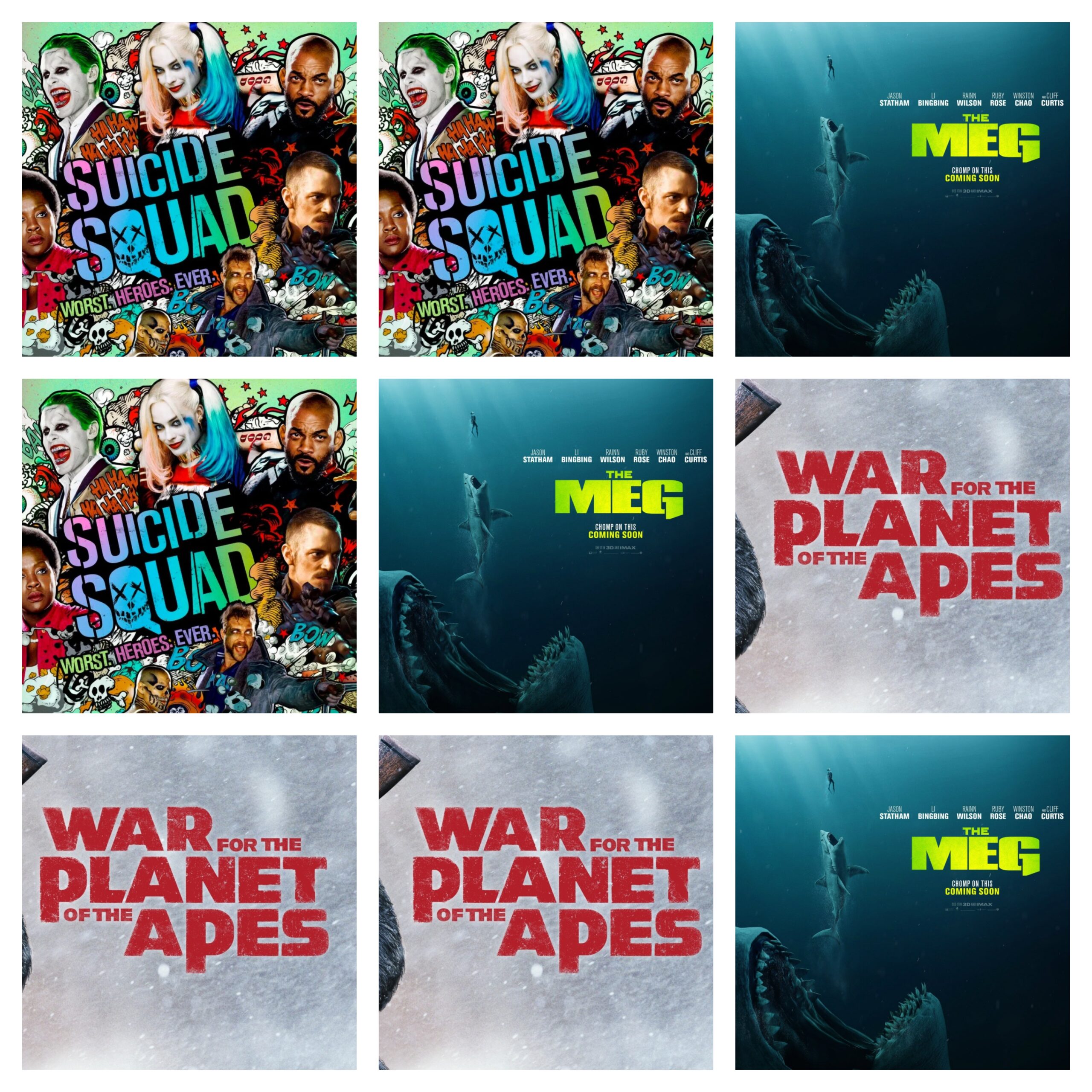Artificial Intelligence (AI) has permeated nearly every aspect of our lives, transforming industries and revolutionizing the way we work, communicate, and entertain ourselves. One domain where AI has made significant strides is Hollywood, the epicenter of the global film industry. From enhancing special effects to aiding in creative decision-making, AI has become an indispensable tool for filmmakers. One of the transformative tools that has emerged in recent years is predictive analytics, providing filmmakers with data-driven insights to navigate the complexities of the market. This article delves into the realm of predictive analytics in filmmaking, exploring how this technology is reshaping decision-making processes and influencing the future of cinema.
- Understanding Predictive Analytics:
Predictive analytics involves the use of statistical algorithms and machine learning techniques to analyze historical data and identify patterns that can be used to predict future outcomes. In filmmaking, this translates to using data to forecast a movie’s potential success in terms of box office performance, audience reception, and overall market impact. AI is also making strides in predicting the success of a film before it hits the theaters. Various tools analyze data such as social media trends, audience sentiment, and historical box office performance to predict a movie’s potential success. This data-driven approach assists studios in making informed decisions about marketing strategies, release dates, and overall investment in a particular project.
- Audience Sentiment Analysis:
Understanding audience sentiment is crucial in today’s digital age, where social media platforms provide a real-time pulse of public opinion. Predictive analytics tools sift through vast amounts of data from social media, reviews, and forums to gauge audience reactions to trailers, casting announcements, and other promotional materials. This analysis helps filmmakers make adjustments to their marketing strategies or even tweak aspects of the film based on early feedback. Leading up to the release of “Suicide Squad,” (2016) studios leveraged sentiment analysis tools to gauge audience reactions on social media. Analyzing posts, comments, and discussions helped the marketing team identify concerns and expectations. This data-driven approach allowed for last-minute adjustments to the marketing campaign, ultimately contributing to the film’s commercial success.
- Content Optimization:
Predictive analytics isn’t limited to the business side of filmmaking; it also plays a role in the creative process. Tools like Scriptbook analyze scripts to predict a film’s success based on factors such as plot structure, character development, and historical trends. Filmmakers can use these insights to refine their scripts and optimize creative elements to better align with audience expectations. Scriptbook, an AI tool for script analysis, was used during the pre-production phase of “The Meg” (2018). By evaluating the script’s elements, Scriptbook provided insights into potential strengths and weaknesses. The filmmakers used this information to refine certain aspects of the script, contributing to the film’s success at the box office.
- Marketing Strategy Enhancement:
In an industry where marketing budgets can rival production costs, optimizing promotional efforts is paramount. Predictive analytics helps studios tailor marketing campaigns to specific target audiences by identifying demographics and preferences. By understanding the characteristics of successful campaigns for similar films, studios can allocate resources more effectively and maximize their return on investment. While not a traditional box office player, Netflix utilizes predictive analytics to enhance its marketing strategy. By analyzing user behavior and viewing patterns, Netflix can recommend content tailored to individual preferences, ensuring that promotional efforts resonate with the target audience and contribute to user retention.
- Risk Mitigation:
Filmmaking inherently involves financial risks, but predictive analytics offers a means of mitigating these risks. By assessing the potential success of a project before production begins, studios can make informed decisions about greenlighting projects. This can lead to a more strategic approach to portfolio management, reducing the likelihood of costly box office disappointments. 20th Century Fox utilized predictive analytics to assess the potential success of “War for the Planet of the Apes” (2017) before greenlighting the project. By analyzing data on similar franchises, market trends, and audience expectations, the studio made informed decisions about budget allocation and marketing strategies, contributing to the film’s positive reception and financial success.
Predictive analytics in filmmaking represents a paradigm shift, offering a data-driven approach to decision-making in an industry traditionally driven by intuition and creativity. While it is not a crystal ball that can guarantee a film’s success, predictive analytics provides valuable insights that empower filmmakers and industry stakeholders to make informed choices. As technology continues to advance, the integration of predictive analytics is likely to become even more ingrained in the filmmaking process, reshaping the way movies are conceptualized, produced, and brought to audiences worldwide.


